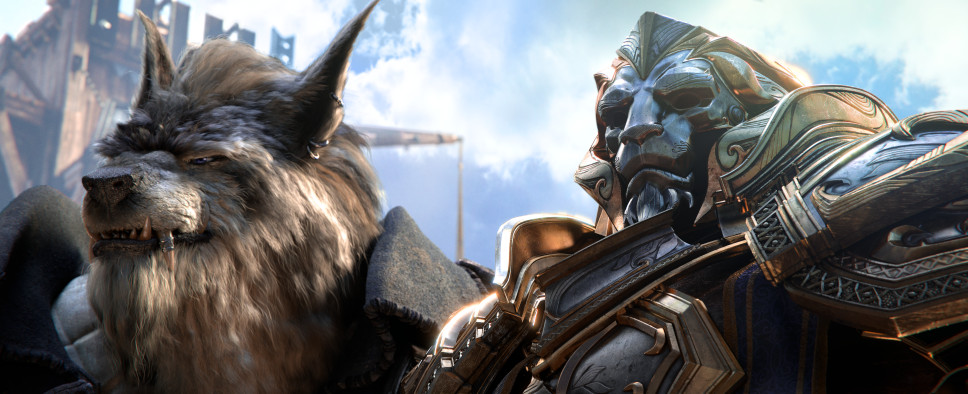World of Warcraft: Battle for Azeroth Island Expeditions Developer Insights, Interview
-
Category: News ArchiveHits: 1404

World of Warcraft's upcoming Battle for Azeroth expansion will let you and up to two of your friends participate in these so-called Island Expeditions that will serve as a dynamic and ever-changing alternative to the game's static dungeons. The expeditions will offer varying difficulty levels, including a PvP difficulty, and will task you with collecting more Azerite than the opposing “team.” Here's Jeremy Feasel and Daniel Stahl, a couple of Blizzard developers, talking about this new feature:
You can read more about it on the official website. Alternatively, you can check out this PC Gamer's editorial-style interview with Blizzard's senior producer Travis Day. An excerpt:
Island Expeditions is one of two exciting new instanced game modes coming in Battle for Azeroth. It's a unique PvPvE experience where two opposing teams of three land on uncharted islands and race to gather Azerite, the new resource key to the Alliance-Horde conflict. The mode is split into the usual difficulties from normal to mythic which pits you against a team of advanced AI players with predetermined personalities and playstyles. There's also a PvP mode which pits you against a team of real players.
Unlike the static experience of a dungeon, Island Expeditions are a seven-layer dip of dynamic systems that will lead to wildly different experiences each time you play. "One of the things with Island Expeditions is that it's really just a push for player agency and decision making," senior producer Travis Day says. "I think some of the best gameplay comes out of actively making decisions about where you want to go and what you want to pursue."
Each team randomly spawns somewhere on the island and begins killing creatures, mining nodes, and completing other activities to gather Azerite. But here's where those seven layers of dip make a difference: While the base layout of the island stays the same, nearly everything about it is dynamic. "[We] achieve complexity and variability in a couple of ways," Day says. "[We] start with the handcrafted islands, of which there are six, so that's our base layer. And then there's hundreds of different NPC groupings and 'events' that can spawn on all the different locations. The last of it is we have the AI that runs around as well that have their own behaviors and that really creates these unique experiences."
What creatures spawn and where, random Azerite deposits, your team composition, boss monsters, hidden puzzles, wild random events, and the strategy of the enemy team will be different each time you play.
The kinds of choices and agency Day mentions comes from strategizing on the fly about what's the quickest way to farm Azerite. The composition of your team isn't bound the the trinity of tank, healer, and DPS, so knowing how to play to your inherent strengths and compensate for weakness is crucial. If you're a bunch of fragile DPS, you might opt to clear weaker packs of mobs but avoid a prolonged fight with a boss. If you've got a healer, maybe you'll opt to harass the enemy team or do everything possible to avoid them.
During my playthrough, we landed on a beach and began chewing through a group of powerful hydras that spawned there. Slowly we worked our way inland, killing monsters, opening treasure chests, and mining Azerite deposits. At first it was a bit underwhelming, but a few minutes in things really started to heat up when we squared off against the enemy team. They might be AI, but they were still capable of kicking our asses.
A big part of Island Expeditions is the advanced AI behind the NPC team. Until now, World of Warcraft monsters have been pretty, uh, stupid. If you get too close, they'll charge you head on and cycle through maybe one or two abilities. There's a reason they're called "trash" in a dungeon. But during Island Expeditions, the enemy team is comprised of characters that feel convincingly real. They have access to their entire class' suite of abilities, they change targets and adapt to new threats, and they even emulate the way most players pointlessly jump around like '90s teens at a school dance when House of Pain finally comes on.

